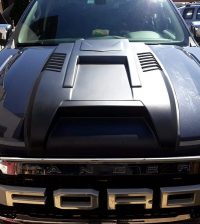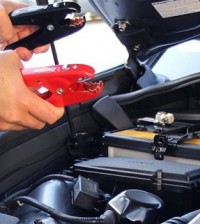Upgrade Your Isuzu D-Max Exhaust System to Increase Performance
Without proper airflow management, the engine of your Dmax won’t be able to do its job. An exhaust system is what manages the fumes and airflow coming from the engine. Without a proper Dmax exhaust system, your Isuzu’s performance can suffer, and your engine can get damaged to the point of no return, and no matter what you do, you’ll have to get a new vehicle sooner than you’d like. If your Dmax is all you want to drive and you want to improve its performance and longevity, then an aftermarket exhaust can be one of the best investments you ever make.
With a new exhaust system or upgrade your Isuzu will thrive. You’ll improve not only the efficiency and overall function of the engine but you’ll also improve your Dmax’s carbon footprint. With fewer emissions in the air and more horsepower in the engine, you’ll rest assured your Dmax is going to be with you for a long time. Since an exhaust system is made of different components there are different types of exhaust upgrades.
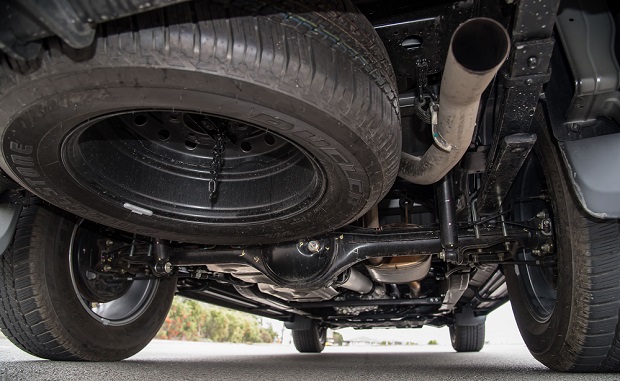
Contents
Is Aftermarket Exhaust Bad for Engine?
While some might say that adding an aftermarket exhaust to your vehicle is bad since it creates a lean condition, this is not the case if you know what you’re looking for. The goal here is to install a new Isuzu Dmax exhaust upgrade or a whole system that’s sized accordingly. While aftermarket exhaust pipes and parts are larger than your stock Isuzu exhaust pipes and parts, bigger is not always better. You want the size of the exhaust system to match the size of your engine, otherwise, the exhaust will rattle and it won’t perform optimally.
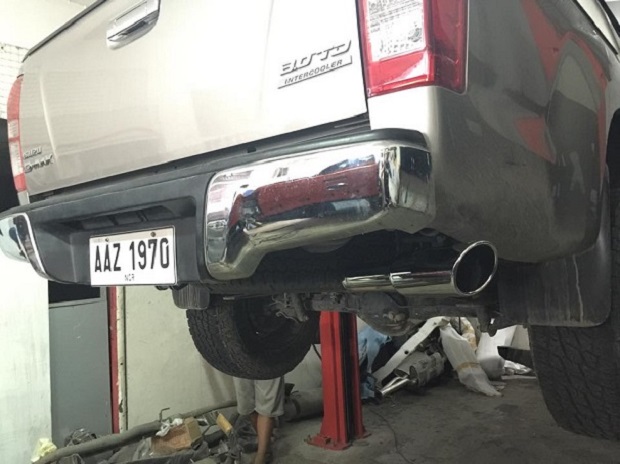
What Exhaust Upgrade is Best For You?
Axle-Back
Starting with the least invasive and time-consuming upgrade, axle-back exhaust systems replace every component from the rear axle to the exhaust tip. This upgrade is the most affordable but also the one with the lowest boost in performance since it alters so little of your existing Dmax exhaust. If you want a step up from axle-back exhaust upgrades then go for a cat-back upgrade.
Cat-Back
A cat-back upgrade is an extremely popular solution that offers a decent boost in performance. This upgrade requires a bit more modification and is costlier than an axle-back exhaust upgrade, but it is worth the investment as it gives substantial results. If you want to go all-in on an Isuzu Dmax exhaust you should consider a header-back exhaust.
Header-Back
With a header-back exhaust upgrade, you replace every part of your exhaust system. Nothing from the stock exhaust is left behind and this is the reason why header-back upgrades provide the most performance gains. You can get a tailor-made system just for your Dmax and this delivers a tailor-made experience making your Dmax take full advantage of its capabilities when you step on the accelerator.
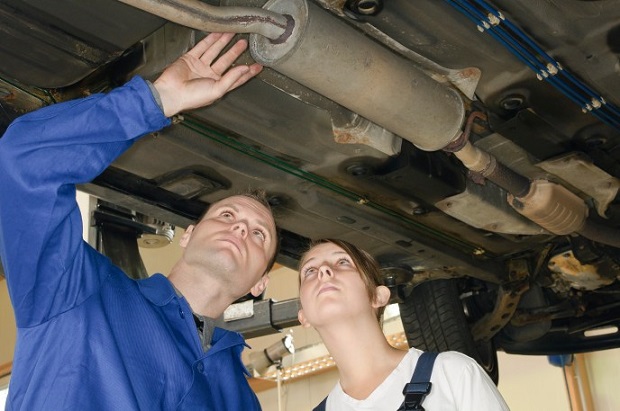
How An Exhaust Upgrade Gets Installed
What Tools Are Used
The tools used to replace either an entire exhaust system or just a part of it can vary but for the most part, they’re about the same. Some of the tools used for the replacement of the exhaust are a ratchet, safety glasses, floor jack, gloves, gaskets, penetrating oil, rubber hangers, safety jack stands and 6 pointed sockets handy.
The Replacement Process
- Your typical exhaust replacement process starts by having your Dmax parked on a flat, level surface, with the ignition switched off. The mechanic then raises the car with the floor jack and places it on the jack stands.
- The actual replacement of an exhaust system or component starts by spraying the hardware that holds it in place with penetrating oil. This includes nuts and bolts. Then follows the removal of the muffler, which is where most mechanics start at the rear of the exhaust.
- Next in line for removal are the parts around the catalytic converter. These include flanges and bolts. After that, the rubber hangers from the exhaust are removed, and then it’s time to put on the new parts.
- With the old components out, the mechanic starts by putting on new rubber hangers. Then, the new muffler is placed onto the hangers as well as the new gasket which typically sits between the catalytic converter and new exhaust.
- The new gasket and flanges are fastened in and all the bolts holding the parts that are being replaced are bolted in. The placement of a new exhaust system is fine-tuned so that airflow is not going to be restricted.
- When done, a mechanic will double-check their work for escaping air and leaks. This is done while the vehicle is still in the air and it includes starting up the vehicle too. If there are no leaks or air escaping from the exhaust you can take your Dmax home.
Should I Tune My Car After Exhaust?
Usually, you don’t need a tune-up after you’ve had a new Dmax exhaust system or upgrade installed. The same goes for fuel tuning as well, unless you’ve modified part of the system that will need it further down the line.



